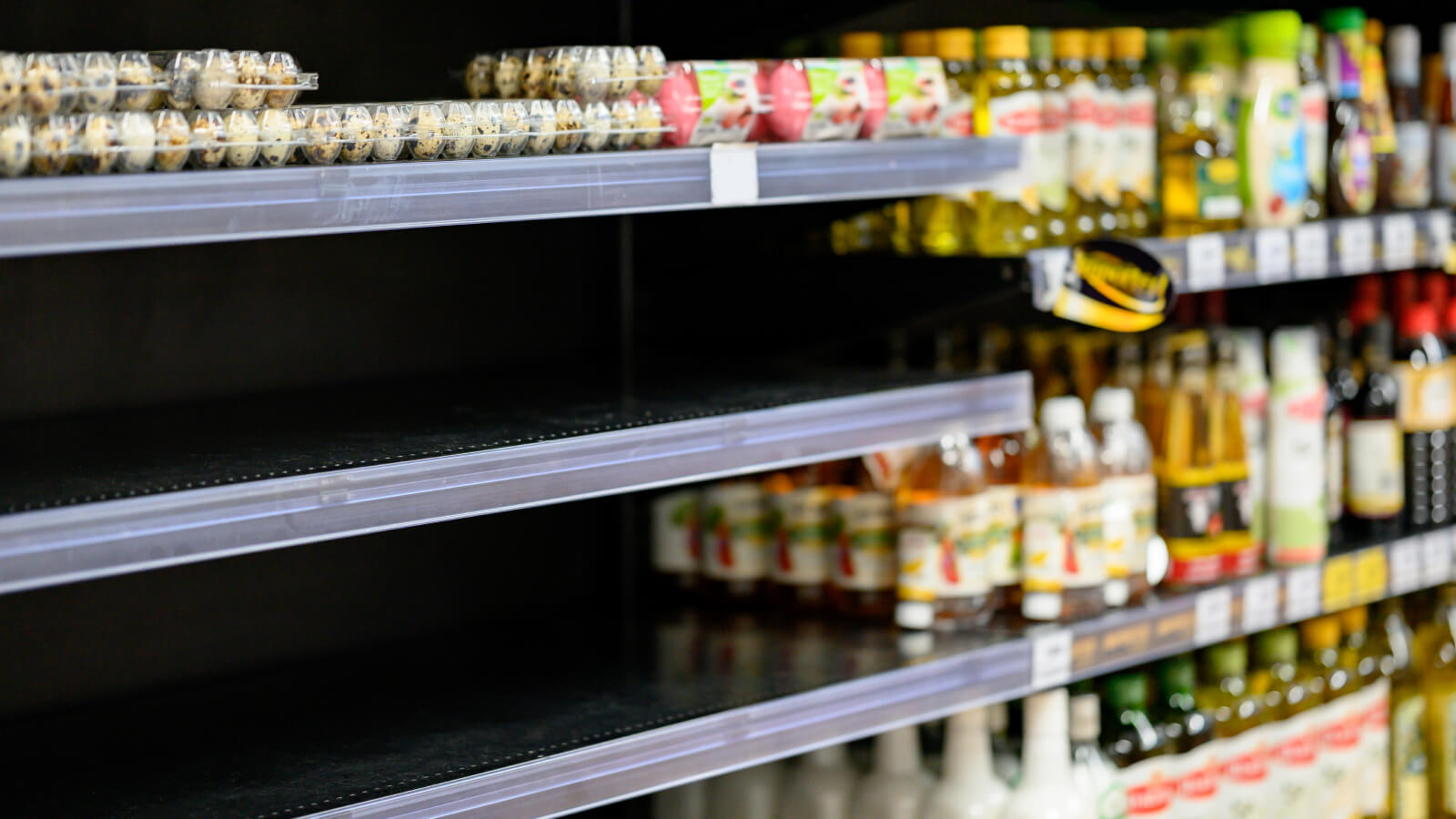
In this article, we’ll discuss what stockouts are, how they occur, and what you can do to prevent stockouts.
Stockouts occur when a particular type of inventory is depleted faster than it can be replenished, leading to a period in which none of the product is available when needed. This could mean that shelves go empty, orders go unfilled and manufacturing processes screech to a halt. Needless to say, all of these scenarios result in major impacts to the organization.
Now that you know the answer to “what is stockout”, the following are some ways they can be caused. Stockout causes can be a number of factors, including:
In all cases, the common thread always has to do with a disruption in the flow of inventory from the supplier or distributor to the place where it is needed.
Depending on the industry, the cost of a single stockout can reach into the billions. In manufacturing environments, especially those relying on just-in-time models of production, being unable to avoid stockouts that create a shortage of raw material can put entire production lines on hold. This can then snowball down the supply chain, impacting downstream availability and potentially causing a bullwhip effect.
In the Retail industry, stockouts can result in lost sales, disgruntled customers and long-term erosion of a company’s brand. According to a recent McKinsey study, the US food retail industry loses an estimated 2-3% of sales every year due to stockouts and unavailable inventory.
In the Retail and eCommerce industries, stockouts are most commonly associated with empty shelves and inability to fulfill orders to meet customer demand. This can have profound impacts on customer satisfaction, loss of immediate sales and even a decrease in future sales due to customer churn.
Retail businesses often calculate the impact of inventory shortages using a tool called the “stockout rate”.
Generally speaking, stockout rate is the ratio of cost to total revenue and how much stockouts impact your supply chain’s overall productivity.
To calculate stockout rate, follow these simple steps:
Especially as supply chains transform from cost centers into engines of revenue and competitive differentiation, it’s increasingly important to keep close tabs on both costs and revenue generated within the supply chain.
Companies have a variety of tools they can leverage to prevent stockouts and mitigate the impact of stockouts when they do occur. Below are a few of the most common:
One of the simplest methods to reduce the potential for stockouts is by maintaining accurate, up-to-date insights into inventory levels at all times. Shrinkage, supply chain disruptions and many other factors can all contribute to unexpected inventory shortages. Having real-time information into the status of inventory levels is key to catching problems before they occur.
Another easy way to avoid stockouts and ensure that you never run out of critical inventory is by keeping extra inventory on hand. This is called “safety stock”. Though safety stock gives you an increased tolerance for supply chain disruptions, it can also be costly, leading to higher inventory carrying costs and lowering your proportion of productive inventory.
In recent years, improvements in technology have allowed some companies to cut down their on-hand inventory levels while still reducing the likelihood that stockouts will occur. They can do this by better understanding their inbound supply chain and gathering up-to-the-minute intelligence into the arrival times of shipments, both on the road and in the yard.
In order to practice effective inventory management, it’s critical to have all relevant information housed in a single, central system that is accessible to all stakeholders. This prevents siloed data from derailing cross-functional collaboration — for instance a yard manager being unaware of what time a late shipment will actually arrive.
In addition to better predicting supply, companies can mitigate the possibility of a stockout by improving their ability to forecast customer demand. Especially around new product launches, cutting-edge demand forecasting is key to ensuring that demand does not exceed supply and lead to a stockout.
Safety stock is inventory you keep on hand to mitigate the impact of lost inventory or missing shipments. The amount of safety stock a given operation needs will vary considerably by industry, region and product. However, there is a handy rule of thumb to help you arrive at a reasonable estimate of how much safety stock you need to avoid stockouts:

In the words of Bob Hayes, Canfor’s Vice President of Global Supply Chain, “Automated reporting and tracking from FourKites provides more accurate and real-time data, which allows Canfor to respond to customer inquiries quicker and with up-to-date information on our upcoming shipments that would have otherwise had to be manually tracked.”
. . . . . . . . . . . . . . . .
Inventory is considered a company asset and is recorded on your company’s balance sheet. The better you can manage and track the movement of your goods, the more control you will have over your inventory, and the more chance you have to prevent stockout from impacting your revenue. Real-time visibility is a key component of any sophisticated inventory management process.
To find out more about how real-time visibility can help you eliminate stockouts throughout your operation, check out FourKites’ Ultimate Guide to Maximizing ROI With Supply Chain Visibility.